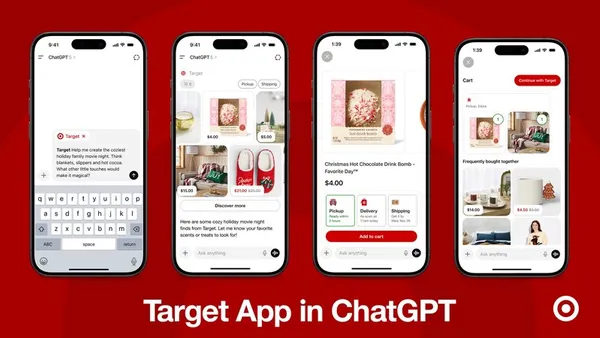Brief:
- Almost two-thirds (65%) of marketers measure the ROI from influencer campaigns, with conversions and sales now the most common way to track success, per a survey that CreatorIQ and Influencer Marketing Hub shared with Mobile Marketer. The survey of 4,000 brand marketers found that 91% believe influencer marketing is effective.
- Spending on influencer marketing will reach $9.7 billion in 2020, with 66% of marketers planning to boost their influencer budgets over the next 12 months. The average earned media value (EMV) for every dollar spent on influencer marketing is $5.78, while some businesses see an EMV of as much as $18 for every dollar spend, the survey found.
- Influencer fraud is a significant concern among marketers, with more than two-thirds of survey respondents saying they have experienced such activity. The survey also found that only 14% of influencers are fully compliant with Federal Trade Commission rules on influencer marketing, compared with 11% last year.
Insight:
Influencer marketing has become a key strategy for brands that seek to cut through ad clutter on social media, and reach target audiences who are averse to advertising in other media channels. The findings from CreatorIQ, an enterprise influencer marketing platform, and Influencer Marketing Hub, a content site for marketers, support other research that indicates the effectiveness of influencer marketing in reaching younger audiences. Almost half (44%) of Generation Z has made a purchase decision based on a recommendation from a social influencer, compared with 26% of the general population, researcher Kantar found in a study.
However, marketers need to be wary of influencer fraud, including the deliberate purchasing of followers and engagement activity that give a false impression about campaign effectiveness. Social media tracking firm Sylo last month published a study that determined 30% of influencers engaged in fraudulent activity to boost their results, MarTechAdvisor reported.
In choosing which influencers to work with, marketers are most likely to see the best results with micro- and nano-influencers who have small, but dedicated followings, CreatorIQ and Influencer Marketing Hub found. The number of big companies that worked with micro-influencers quadrupled last year, while the number of micro influencers outnumbers mega influencers by 10 to one.
Instagram is used in 90% of influencer marketing campaigns, making it the most popular platform among social media companies. The photo-sharing app ranked ahead of Facebook (used in 40% of campaigns), Twitter (45%), YouTube (20%) and Pinterest (10%), per the survey.














